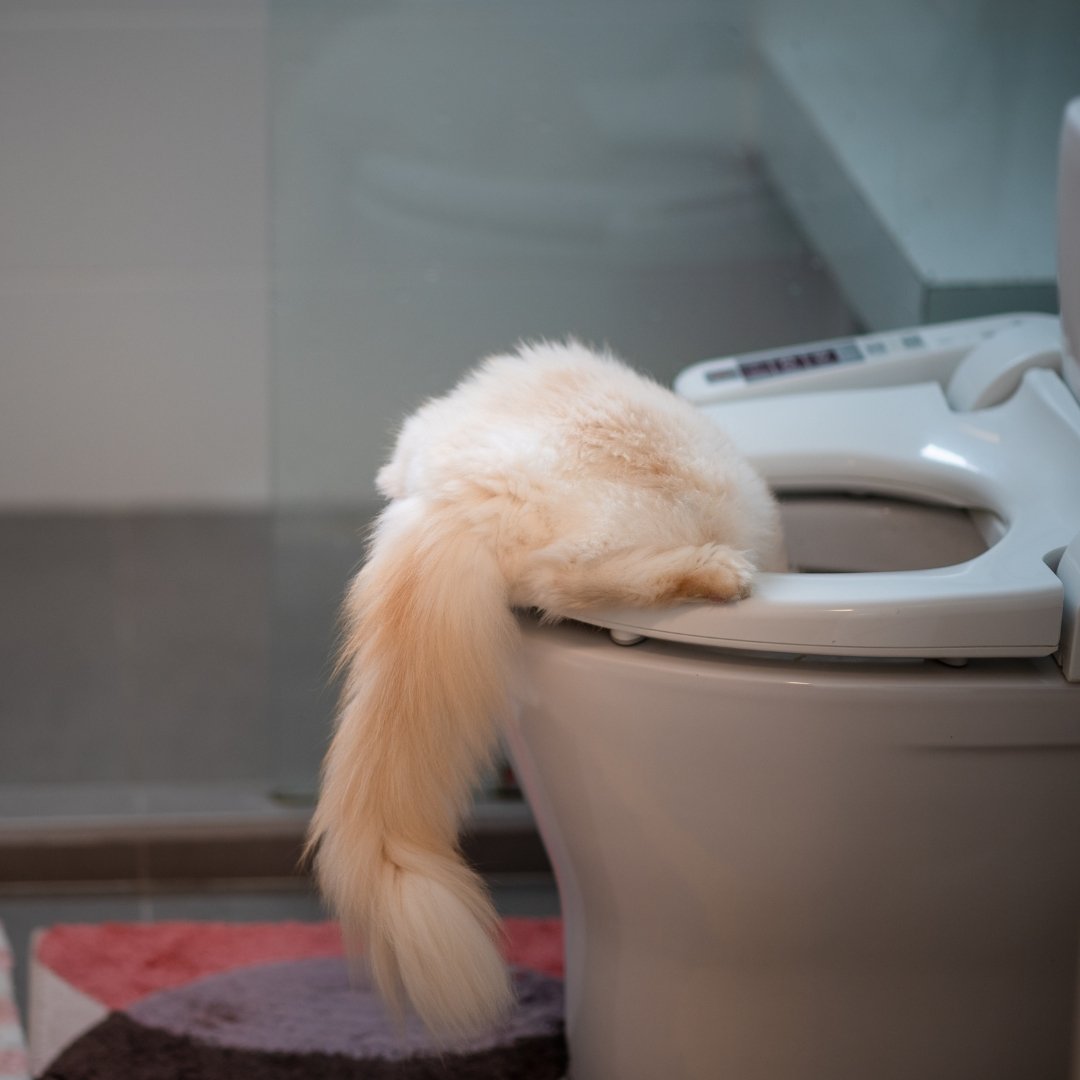Potential Risks of Flushing Cat Poop Down Your Toilet - Tips for Better Disposal
Potential Risks of Flushing Cat Poop Down Your Toilet - Tips for Better Disposal
Blog Article
We have come across this post involving How to Dispose of Cat Poop and Litter Without Plastic Bags listed below on the internet and felt it made good sense to write about it with you on this page.

Intro
As pet cat owners, it's important to bear in mind how we get rid of our feline friends' waste. While it might seem practical to purge pet cat poop down the toilet, this method can have destructive consequences for both the environment and human health.
Alternatives to Flushing
Luckily, there are much safer and a lot more accountable methods to take care of cat poop. Consider the complying with options:
1. Scoop and Dispose in Trash
The most common technique of disposing of cat poop is to scoop it into a naturally degradable bag and throw it in the trash. Make sure to utilize a committed clutter inside story and deal with the waste quickly.
2. Use Biodegradable Litter
Choose biodegradable pet cat clutter made from products such as corn or wheat. These clutters are eco-friendly and can be securely disposed of in the trash.
3. Hide in the Yard
If you have a yard, think about hiding cat waste in a designated location far from veggie gardens and water resources. Make certain to dig deep sufficient to prevent contamination of groundwater.
4. Install a Pet Waste Disposal System
Invest in a pet waste disposal system particularly developed for pet cat waste. These systems utilize enzymes to break down the waste, minimizing odor and environmental effect.
Health Risks
Along with ecological concerns, purging feline waste can likewise pose wellness threats to people. Pet cat feces might consist of Toxoplasma gondii, a parasite that can trigger toxoplasmosis-- a possibly severe illness, specifically for expecting ladies and people with damaged body immune systems.
Environmental Impact
Purging feline poop introduces harmful microorganisms and parasites right into the water system, positioning a substantial danger to aquatic ecosystems. These impurities can negatively influence marine life and compromise water high quality.
Verdict
Accountable pet ownership extends beyond providing food and sanctuary-- it likewise involves appropriate waste monitoring. By refraining from purging pet cat poop down the bathroom and opting for alternative disposal approaches, we can lessen our ecological footprint and shield human wellness.
Why Can’t I Flush Cat Poop?
It Spreads a Parasite
Cats are frequently infected with a parasite called toxoplasma gondii. The parasite causes an infection called toxoplasmosis. It is usually harmless to cats. The parasite only uses cat poop as a host for its eggs. Otherwise, the cat’s immune system usually keeps the infection at low enough levels to maintain its own health. But it does not stop the develop of eggs. These eggs are tiny and surprisingly tough. They may survive for a year before they begin to grow. But that’s the problem.
Our wastewater system is not designed to deal with toxoplasmosis eggs. Instead, most eggs will flush from your toilet into sewers and wastewater management plants. After the sewage is treated for many other harmful things in it, it is typically released into local rivers, lakes, or oceans. Here, the toxoplasmosis eggs can find new hosts, including starfish, crabs, otters, and many other wildlife. For many, this is a significant risk to their health. Toxoplasmosis can also end up infecting water sources that are important for agriculture, which means our deer, pigs, and sheep can get infected too.
Is There Risk to Humans?
There can be a risk to human life from flushing cat poop down the toilet. If you do so, the parasites from your cat’s poop can end up in shellfish, game animals, or livestock. If this meat is then served raw or undercooked, the people who eat it can get sick.
In fact, according to the CDC, 40 million people in the United States are infected with toxoplasma gondii. They get it from exposure to infected seafood, or from some kind of cat poop contamination, like drinking from a stream that is contaminated or touching anything that has come into contact with cat poop. That includes just cleaning a cat litter box.
Most people who get infected with these parasites will not develop any symptoms. However, for pregnant women or for those with compromised immune systems, the parasite can cause severe health problems.
How to Handle Cat Poop
The best way to handle cat poop is actually to clean the box more often. The eggs that the parasite sheds will not become active until one to five days after the cat poops. That means that if you clean daily, you’re much less likely to come into direct contact with infectious eggs.
That said, always dispose of cat poop in the garbage and not down the toilet. Wash your hands before and after you clean the litter box, and bring the bag of poop right outside to your garbage bins.
https://trenchlesssolutionsusa.com/why-cant-i-flush-cat-poop/

As a passionate person who reads about Don’t flush cat feces down the toilet, I was thinking sharing that post was a smart idea. Sharing is good. You never know, you may be helping someone out. Many thanks for your time. Kindly stop by our site back soon.
Schedule Service Report this page